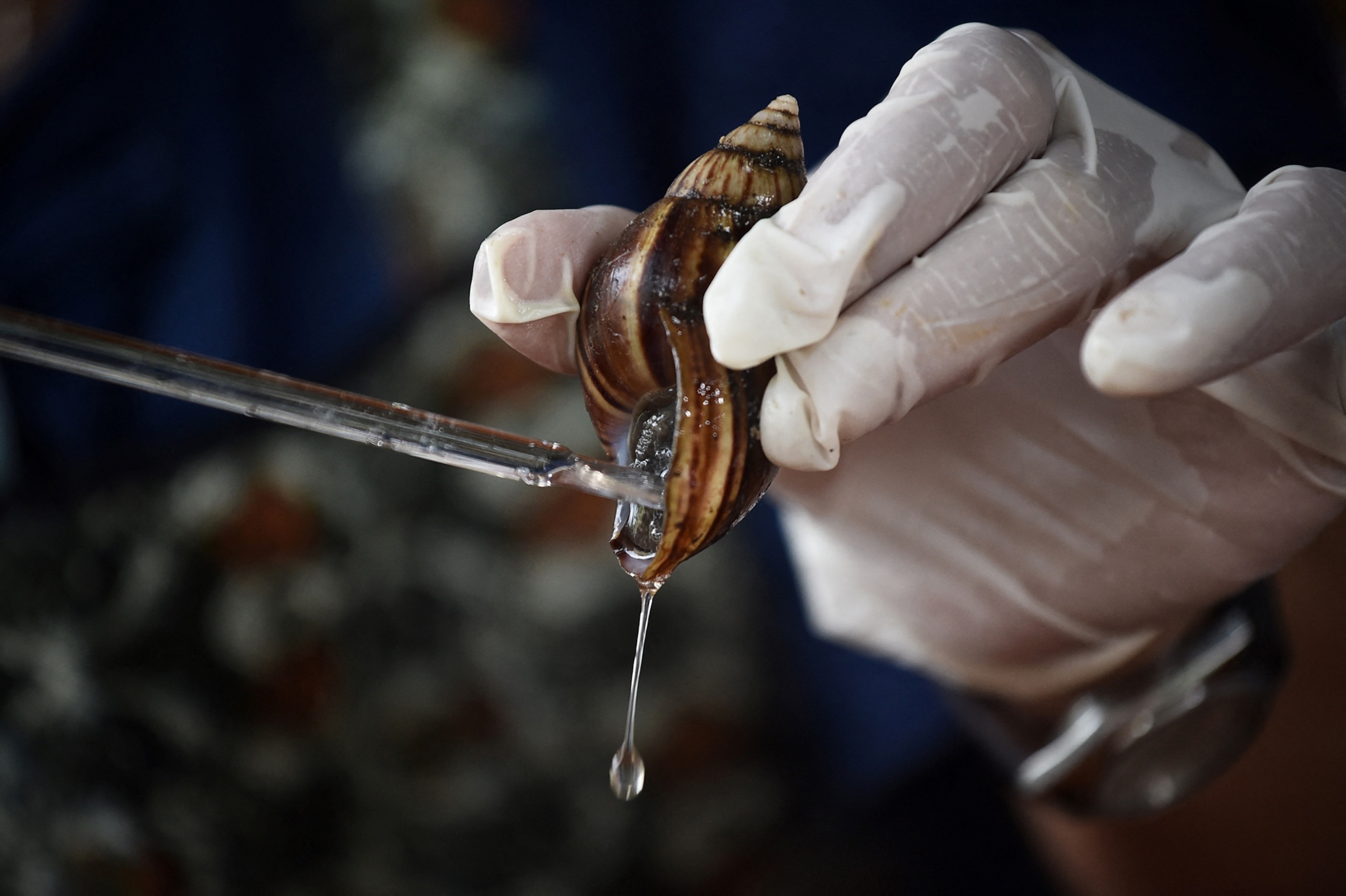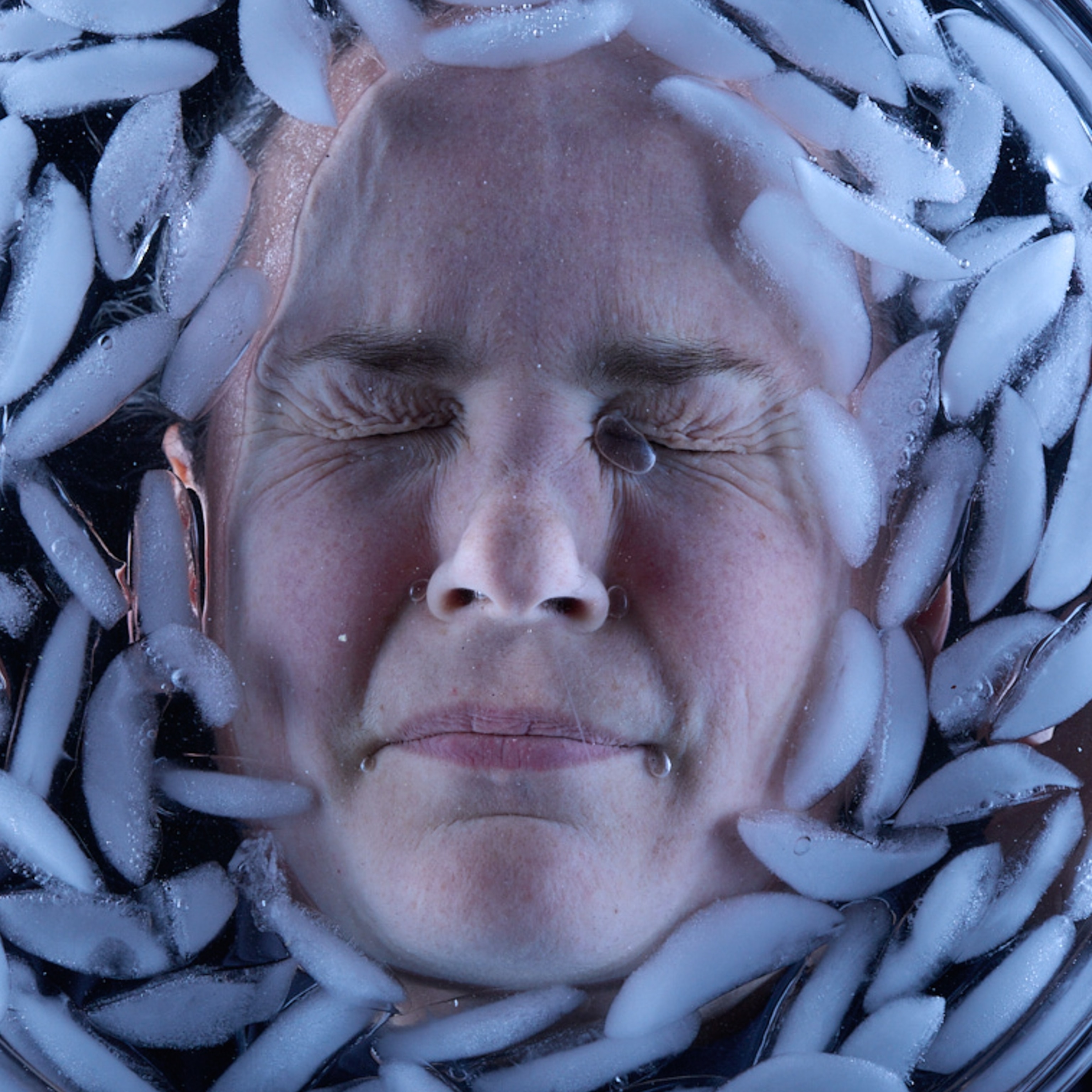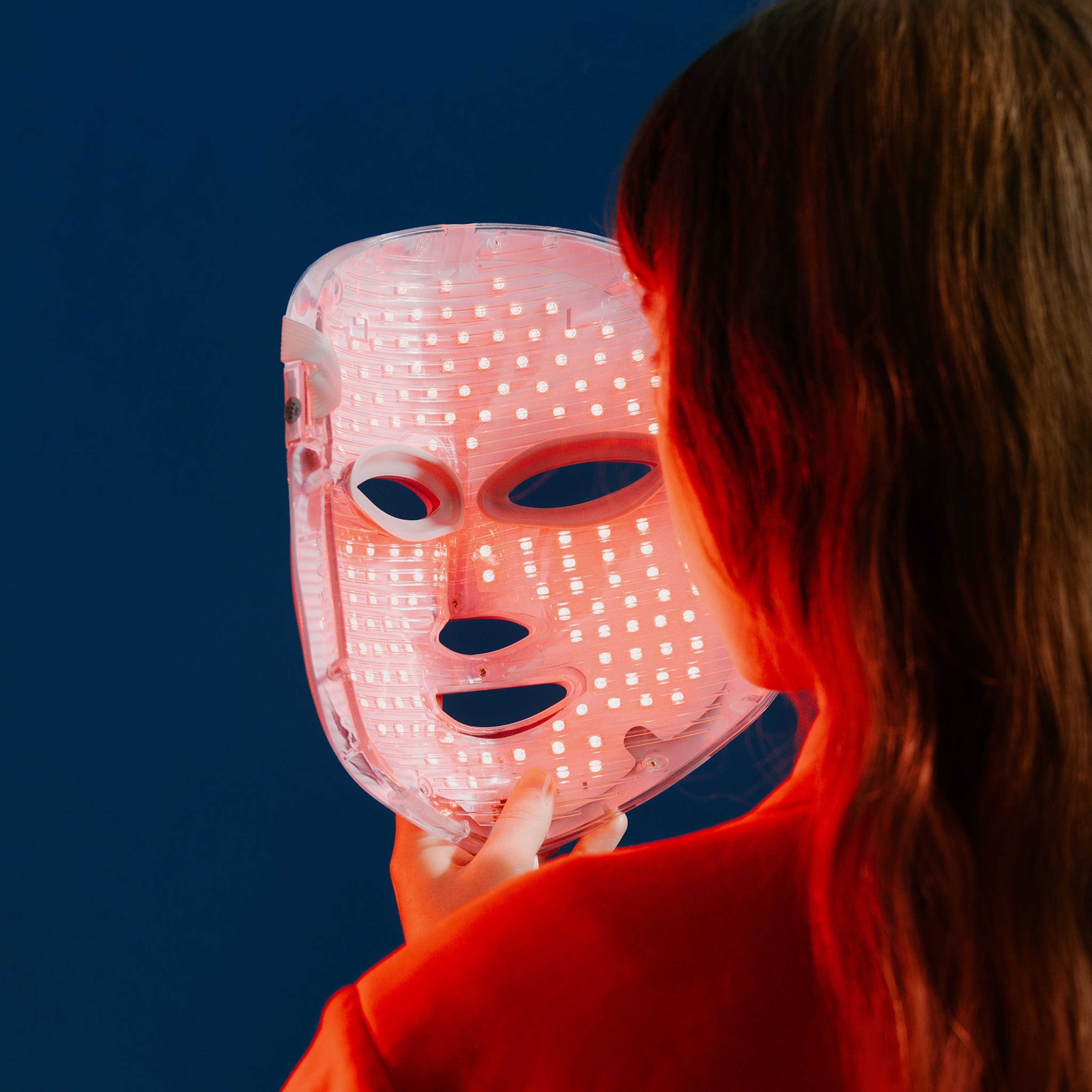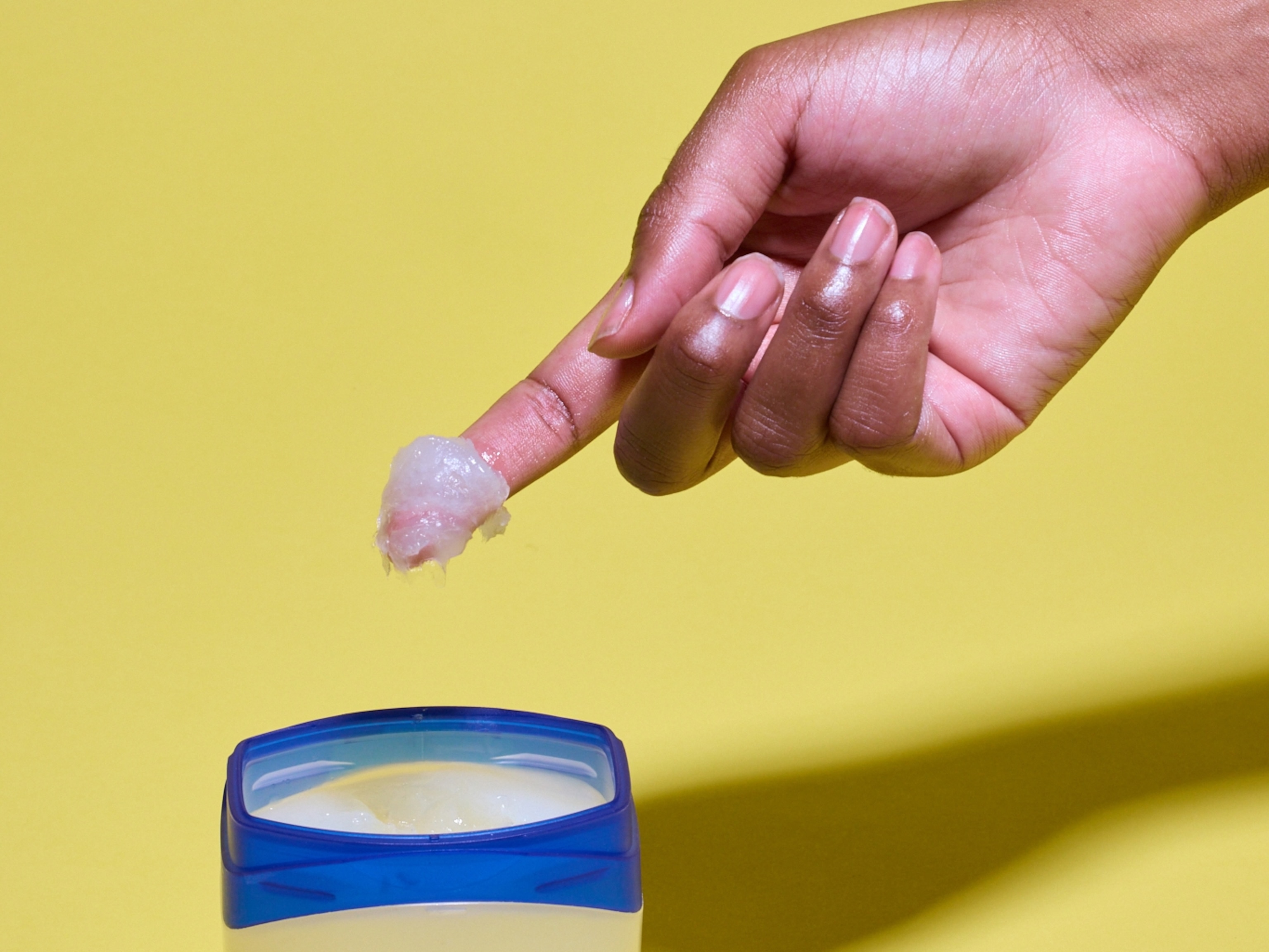
Snail mucus is a skin care phenomenon—but does it really work?
Commonly used to repair damaged skin, products containing snail mucus go back much further than the social media era—and may have potential beyond cosmetics.
Consumers around the world are shelling out for cosmetic products containing snail mucus, with its global market in 2022 valued at about $555 million.
After a snail mucus skin care boom in South Korea, the product—also referred to as snail mucin or secretion—was widely shared on social media. North America is now the fastest growing market for snail skin products. But using snail mucus for glowing skin and good health dates back further than a social media trend.
Ancient Greeks used snail slime on skin to fight topical inflammation. In the 1980s, Chilean snail farmers noted that handling snails for the French food market left them with softer hands and cuts that healed quicker. This launched snail slimes’ popularity in South America.
But does this popular mucus actually work? Here’s how snail slime can heal more than a dry face.

What does snail mucin do to skin?
Garden snails, the species of snail most studied for skin care, produce slime advertised as moisturizing, full of antioxidants, and capable of stimulating new collagen, which can reduce signs of aging, according to Joshua Zeichner, a dermatologist at Mount Sinai Hospital.
Consumers buy snail mucus products to repair damaged skin and lock in moisture, according to dermatologist Elizabeth Bahar Houshmand, an American Academy of Dermatology fellow. The mucus is full of natural vitamins A and E, antioxidants that can reduce inflammation and signs of aging, and there are peptides that boost collagen production, adds Houshmand. However, Houshmand says more, large clinical trials are needed to prove some of snail slime’s purported effects, and to better understand its active ingredients.
Snail mucus extract has been proven to create a protective barrier between the skin and air pollution. One study used a three-dimensional skin model and exposed it to ozone; the “skin” unprotected by the mucus extract became inflamed and showed signs of aging through oxidative stress, which causes wrinkles and uneven skin tone. The “skin” protected by the mucus extract showed less inflammation.
Scientists are also exploring how snail secretions can be used beyond skin care. There’s evidence snail mucus can help with wound healing and treat burns. Snail mucus also has antibacterial and antifungal properties.
Another study tested its ability to stop bacteria in wounds, and some snail mucus performed better than commercial antibiotics, including amoxicillin and streptomycin. Early research suggests the mucus might have anticancer abilities too: garden snail mucus successfully inhibited skin cancer cell growth in a lab.
Unlocking the science of mucus
To better understand snail slime, Antonio Cerullo, a biochemist at the City University of New York, collected snails from an escargot farm and analyzed their three types of slime: protective mucus on the back, adhesive mucus on the foot, and lubricating mucus on the foot.
Each type had distinct properties, like stiffness and stickiness, and different biochemical compositions.
In the wild, these different types of slime serve different functions, Cerullo explains. The mucus primarily used for lubrication has more collagen, making it stiffer; the mucus used for adhesion has more calcium, making it stickier. These properties help the snail to move around and to stick to surfaces.
Isolating the specific molecules that create these properties and synthesizing them for commercial use is a complicated task. While snails’ protective mucus has antimicrobial proteins, for example, multiple molecules in the mucus could interact to create the antimicrobial effect on human skin, says Cerullo.
Microbiologist Roberta Rizzo and chemist Claudio Trapella at the University of Ferrara in Italy have analyzed over 100 different snail mucus products, finding a discrepancy in quality. Everything from different feeding and breeding practices on snail farms to how mucus is collected affects the final product, explain Rizzo and Trapella.
But snail slime has potential beyond skin care, says Adam Braunschweig, organic chemist at the City University of New York.
It can be used as a wound repair glue to treat internal ulcers and infections, and as a natural adhesive in bioengineering. Snail mucus also works well as a drug delivery substance, says Braunschweig. When given with medications, it helps the body’s mucus membranes absorb treatment.
Rizzo and Trapelli are also working on using natural snail mucus in unconventional ways—their snail mucus extract has been used to produce eye drops that use snails’ natural lubrication to treat dry eye disease.
Are snails harmed in the process?
Scientists have yet to isolate the specific components of snail mucus that imbue their healing properties, but it is possible to make synthetic versions of the mucus, which helps reduce the need for snail farms.
How snail mucus is harvested varies from farm to farm—some have snails crawl on nets so mucus drips into pans underneath, others use a misting chamber that induces snail secretions—but the substance is excreted when a snail is under stress.
Synthesizing bio-inspired mucus also makes scaling up production more possible. A lot of snails are needed to meet current demand, and it’s costly to harvest enough snail mucus. The product can also change day to day depending on what snails are fed, so their mucus isn’t always consistent.
Using synthetic mucus also allows chemists to modify their product more easily. With natural mucus, “you’re stuck with what the animal gives you,” says Braunschweig. “What if you want to change the recipe, or the properties?”
His team hopes to produce synthetics for a fraction of the cost, and for them to be tailorable—for example, to be more adhesive or more lubricating, depending on the application.
“Mucus does so many amazing things,” says Cerullo. “Now with our work, we’re hoping it makes a path so we can learn so much more from mucus in the next decade than we have in the last 2,000 years.”








